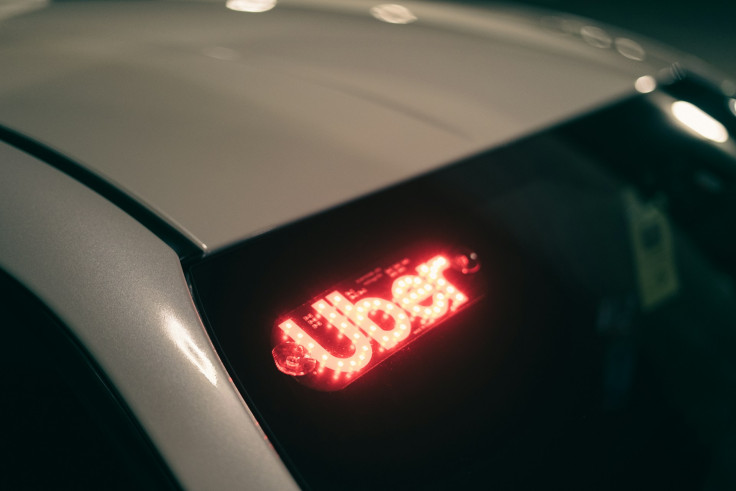Uber Partners with Volkswagen to Launch Massive Fleet of Fully Autonomous Electric Vehicles
Uber's new partnership with Volkswagen aims to bring a new autonomous fleet. Here's when you can ride it.

Marking a bold step into self-driving technology, Uber has announced a major partnership with German automotive giant Volkswagen to deploy thousands of fully autonomous electric vehicles in the coming years.
The announcement intensifies the competition in the autonomous ride-hailing space. Rivals Lyft and Waymo have already made substantial progress, building on Tesla's early lead in vehicle automation. However, Uber's move to team up with an established manufacturer like Volkswagen could accelerate the commercial rollout of autonomous vehicles worldwide.
A First for Shared Rides: Uber's Own Driverless Fleet
On Wednesday, 14 May 2025, Uber confirmed the partnership, unveiling plans to launch a fleet of ID. Buzz AD models—Volkswagen's all-electric autonomous vehicle designed for ridesharing.
Speaking via Uber Newsroom, Chief Product Officer Sachin Kansal shared his vision for the future of urban mobility, calling it 'shared, electric, and autonomous'.
'Our next product combines all three! We're teaming up with Volkswagen to launch the first shared autonomous ride,' Kansal announced.
According to Fox Business, the project will deploy thousands of ID. Buzz AD units in what will be the first large-scale use of fully autonomous vehicles for shared rides. Although autonomous vehicles are already being tested in cities like San Francisco and Phoenix, this initiative aims to bring them to mass-market users as part of everyday mobility.
Kansal added: 'We believe autonomous technology will drive a safer and more affordable future for everyone, and we can't wait to expand access to it around the world.'
Los Angeles First in Line for Launch
Uber confirmed that the new autonomous fleet will begin operating in Los Angeles as early as 2026. As of now, no other cities have been announced, though further updates are expected.
For Volkswagen, the deal represents a milestone in the commercial rollout of its autonomous technology. The ID. Buzz AD, which reimagines the classic microbus with advanced self-driving systems, will play a key role in the company's push into the mobility-as-a-service sector.
Will Human Drivers Still Have a Role?
With robotaxis on the horizon, questions have naturally arisen about the future of human drivers.
Andrew Macdonald, Uber's Senior Vice-President, acknowledged the potential disruption but said the company remains committed to a hybrid approach. He emphasised that human drivers would continue to play a vital role, particularly in areas or conditions where autonomous vehicles may struggle.
'I am almost certain that there will be more Uber drivers in 10 years, not less, because I think the world will move from individual car ownership to mobility as a service,' said Macdonald.
However, he cautioned that the ridesharing landscape will look very different: 'You'll have urban cores where a large percentage of trips are serviced by autonomous vehicles. And to some, that will feel like very abrupt change.'
Macdonald added that the hybrid model would allow both human drivers and self-driving cars to coexist, with the latter focusing on high-volume, predictable routes.
What Happens Next?
Although the companies have not released detailed timelines or pricing information, the move marks a significant shift in Uber's long-term strategy. With Volkswagen's hardware and Uber's software and logistics platform, the collaboration aims to make driverless shared rides an everyday reality.
As the industry continues evolving, this partnership may be remembered as a defining moment in the race toward a fully autonomous transport future.
© Copyright IBTimes 2025. All rights reserved.





















